Mystery Of Mars Vanishing Water Has Been Solved
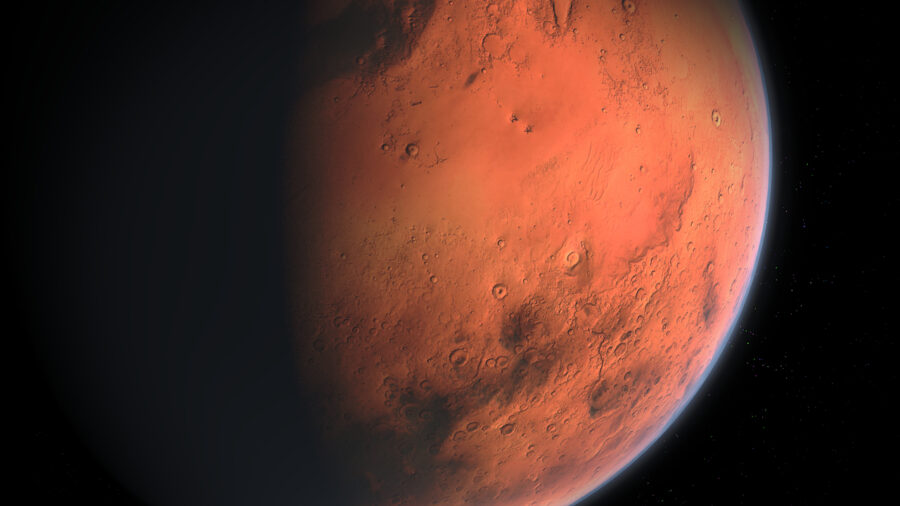
Three billion years ago, Mars looked substantially different than it does today, thanks to its warm climate and plentiful large bodies of water that covered the planet. Since then, the Red Planet has undergone drastic changes that have brought a very cold and dry climate that has helped attribute to Mars’ vanishing water supply on its surface. However, after years of research and data collected from the Hubble Space Telescope and NASA’s Mars Atmosphere and Volatile Evolution mission, scientists have finally solved the mystery of where all that Mars water went.
The Water
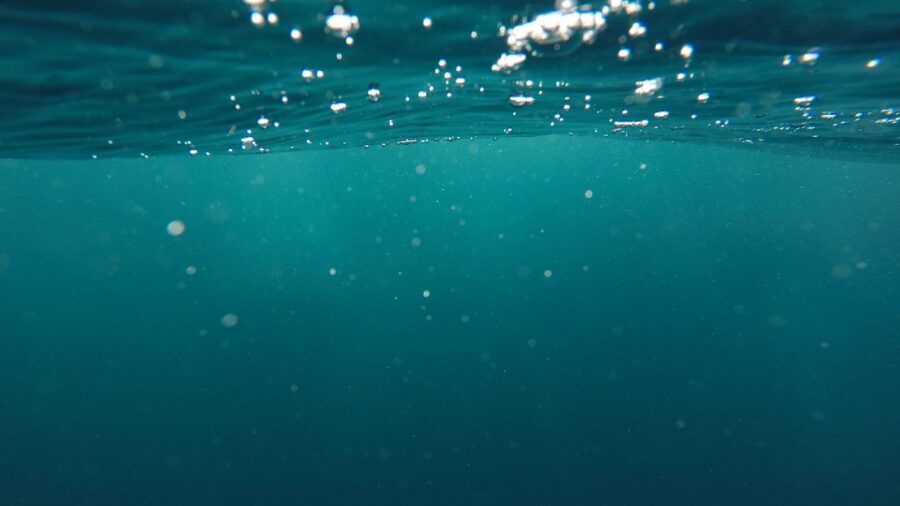
In a September 5 press release, NASA announced that a joint research team has compiled years of data that best explains the fate of water on Mars. The study’s leader, John Clarke of the Center for Space Physics at Boston University, noted that the research pointed to just two main causes for the water loss.
“There are only two places water can go. It can freeze into the ground, or the water molecule can break into atoms, and the atoms can escape from the top of the atmosphere into space,” said Clarke. “To understand how much water there was and what happened to it, we need to understand how the atoms escape into space.”
Calculations
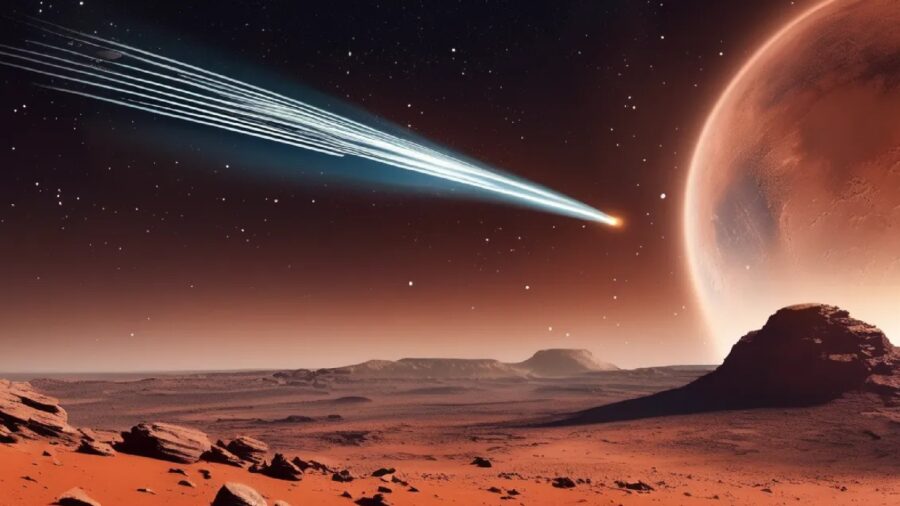
Using data from both the Hubble Space Telescope and NASA’s Mars Atmosphere and Volatile Evolution mission, Clarke and his team were able to calculate the escape rate of the hydrogen atoms escaping into space, which then gave the ability to take a look back into time and get a much clearer idea how all that Mars water vanished over the last 3 billion years.
According to the study, sunlight breaks down water molecules in the Martian atmosphere, which are then converted into hydrogen and oxygen atoms.
The team then turned their sights into measuring how much hydrogen and deuterium, a hydrogen atom with a neutron in its nucleus, escape into space following this process.
The Hubble

Clarke and his team were able to use NASA’s Mars Atmosphere and Volatile Evolution spacecraft to observe the release of hydrogen and deuterium and collect enough data to understand the escape rates of these atoms, even going back billions of years to the time when water was flowing on Mars.
There was just one catch, the Mars Atmosphere and Volatile Evolution spacecraft isn’t powerful enough to see the deuterium throughout the entirety of the Martian year. Thankfully, the Hubble Space Telescope was able to piece together the holes left behind in the data provided by the Mars Atmosphere and Volatile Evolution spacecraft.
A Dynamic Annual Cycle
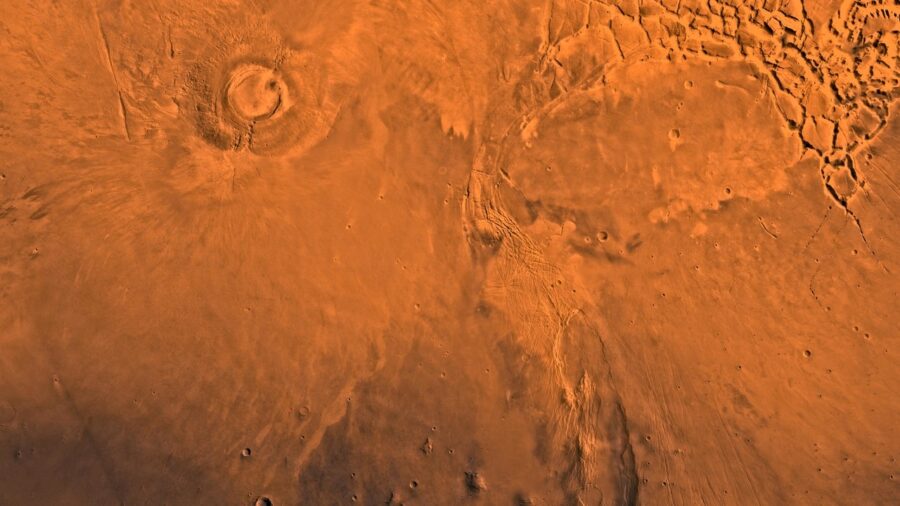
With the years of data collected by both the Mars Atmosphere and Volatile Evolution mission and the Hubble Space Telescope, Clarke and his team have learned that the hydrogen and deuterium atoms are more rapidly lost into space the closer that Mars is to the sun.
Through its yearly orbit, there are peaks and valleys as to how much of the water molecules are broken down in the Martian atmosphere. “In recent years scientists have found that Mars has an annual cycle that is much more dynamic than people expected 10 or 15 years ago,” said Clarke.
Subterranean Oceans
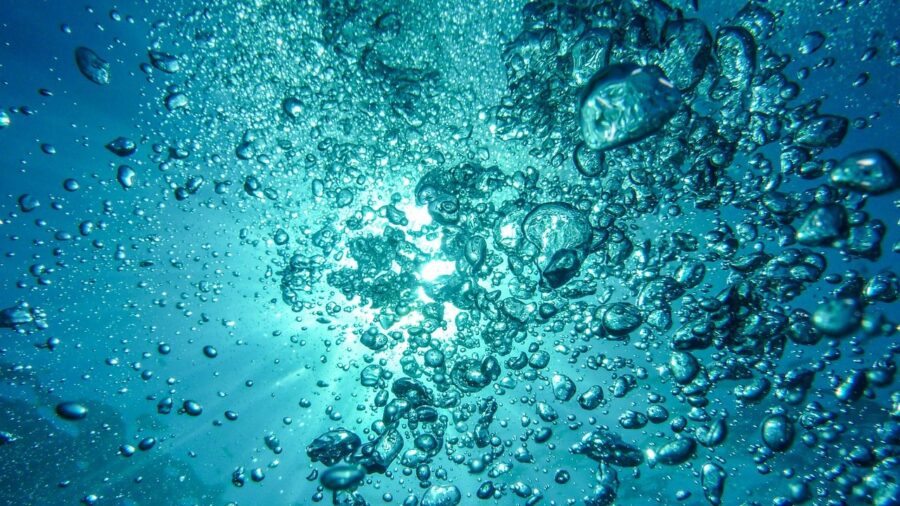
Paired with the earlier discovery that a substantial amount of the water on Mars has retreated underground and formed massive subterranean oceans, scientists now have a concrete explanation as to what happened to the once water-rich Red Planet.
By understanding the history of Mars and how it has transformed over the last 3 billion years, scientists will one day be able to use the data and look well beyond our solar system more effectively for signs of life.
Source: Hubblesite












